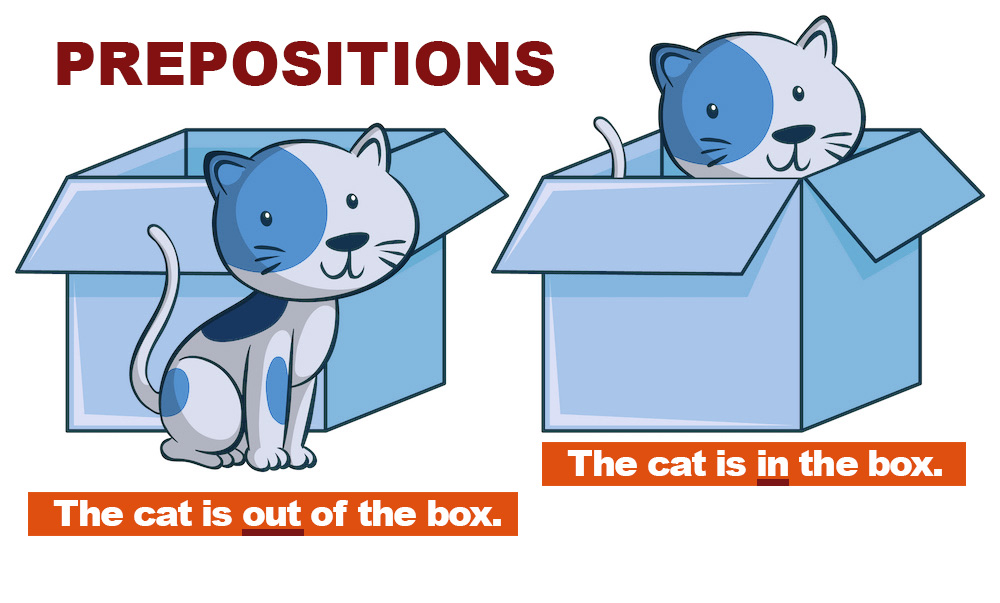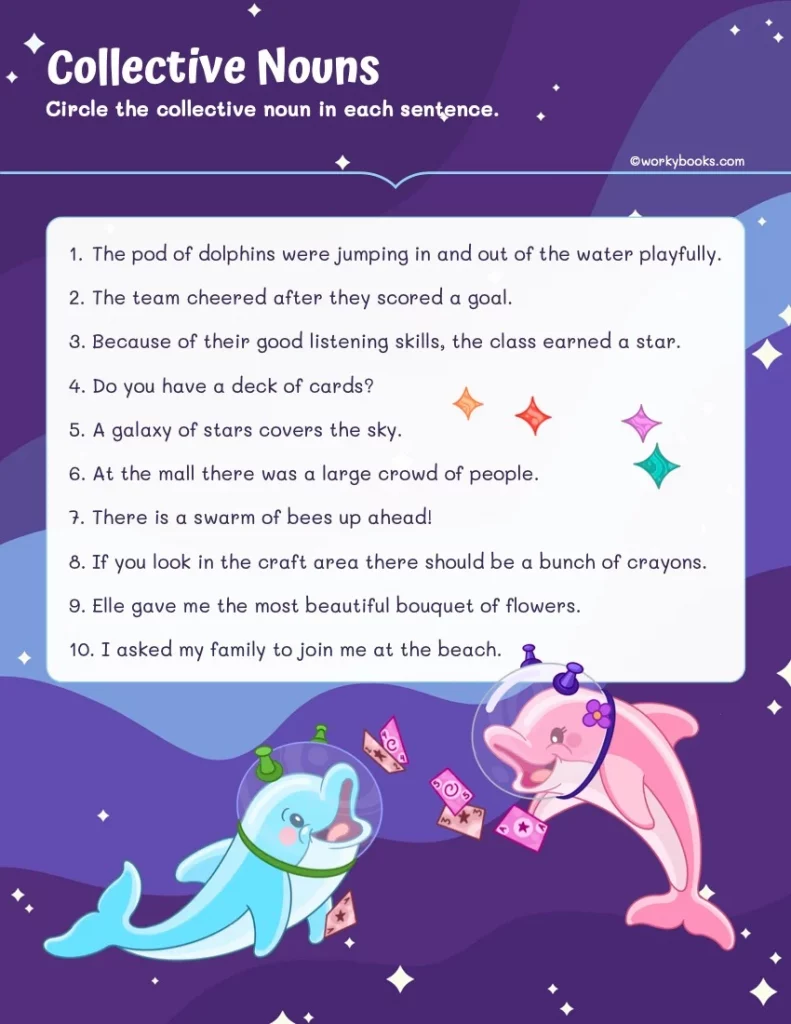Free Printable Arctic Animals Worksheets
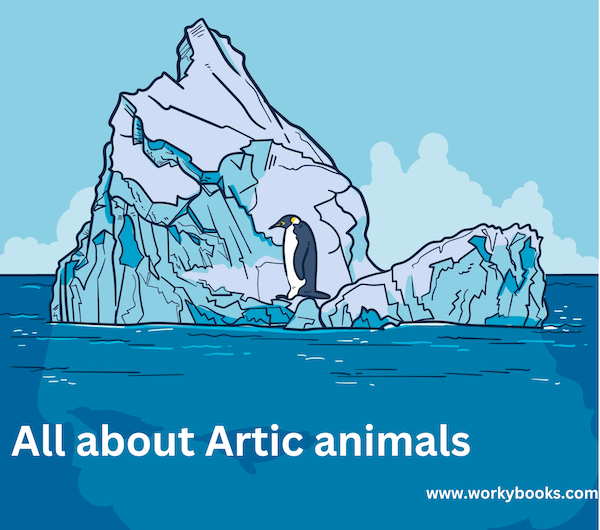
Hey there, young explorers! Grab your warmest coat and put on your fuzzy mittens, because we’re about to embark on an incredible adventure to one of the coolest places on Earth – the Arctic! Let’s journey to the Arctic, one of the coldest places on Earth, and meet some amazing arctic animals that call it home.
What Animals Live in the Arctic?
Imagine a place where the land is covered in sparkling snow and gigantic ice castles float in the sea. The Arctic is home to many incredible creatures. Here are some of the coolest animals you might see if you visited:
- Polar Bears: These big, white bears are the kings and queens of the Arctic!
- Arctic Foxes: Small, fluffy foxes that change color with the seasons.
- Snowy Owls: Beautiful white owls with big, round eyes.
- Arctic Hares: Bouncy bunnies with extra-long ears.
- Walruses: Large, whiskered animals with long tusks.
- Beluga Whales: Friendly white whales that love to sing.
- Narwhals: Whales with a long, spiral tusk that looks like a unicorn horn.
- Arctic Wolves: Tough, white wolves that hunt in packs.
- Musk Oxen: Shaggy, cow-like animals with curved horns.
- Reindeer (also called Caribou): Santa’s helpers with beautiful antlers.
Click here for coloring pages of Arctic animals!.
How Do Arctic Animals Survive in Extreme Cold?
Brrr! The Arctic is super cold, but the animals there have special ways to stay warm and cozy:
- Thick Fur: Many Arctic animals have extra-thick fur coats. It’s like wearing a big, fluffy blanket all the time!
- Blubber: Sea animals like seals and whales have a thick layer of fat called blubber. It’s like having a squishy, warm jacket under their skin.
- Small Ears and Tails: Arctic foxes and hares have tiny ears and short tails. This helps keep their body heat from escaping.
- Huddling: Some animals, like Emperor penguins (who live in Antarctica, the Arctic’s southern cousin), stand close together in big groups to share body heat.
- Changing Colors: Some animals, like the Arctic fox and hare, turn white in winter. This helps them hide in the snow and stay safe from predators.
What adaptations help Arctic Animals stay warm?
Arctic animals have some cool tricks up their sleeves (or should we say, fur?) to keep warm:
- Super Insulation: Polar bears have hollow hairs in their fur that trap warm air close to their skin. It’s like having a puffy jacket built right into their coat!
- Furry Feet: Arctic foxes have fur on the bottoms of their paws. This acts like warm, fuzzy slippers and helps them walk on ice without slipping.
- Nose Warmers: Musk oxen have special fur around their noses that warms up the cold air before they breathe it in.
- Built-in Sunglasses: Some Arctic animals, like reindeer, have eyes that change color in winter to protect them from the bright sunlight reflecting off the snow.
- Antifreeze Blood: Some Arctic fish have a special substance in their blood that keeps it from freezing, even in icy water!
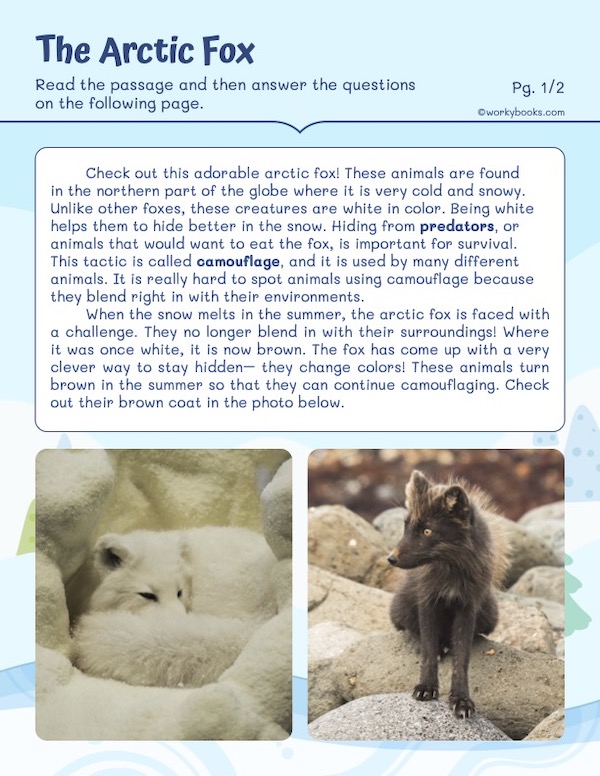
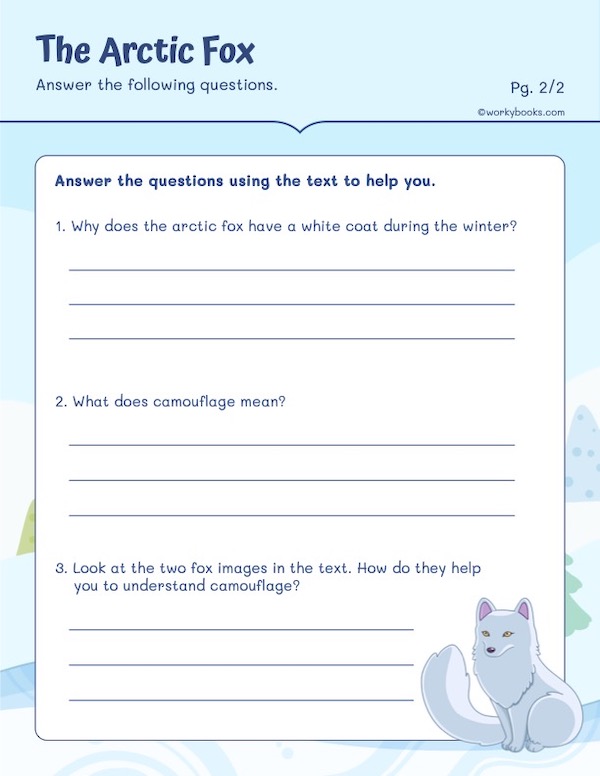
Are there Arctic animals in danger due to Climate Change?
Yes, some Arctic animals are having a tough time because of climate change. As the Earth gets warmer, the Arctic is changing:
- Melting Ice: Polar bears need sea ice to hunt for seals. With less ice, it’s harder for them to find food.
- Changing Food Chains: When the ice melts earlier, it affects the tiny plants and animals that live in the water. This can make it harder for bigger animals to find food.
- New Neighbors: As it gets warmer, animals from warmer places are moving north. This can cause problems for Arctic animals who aren’t used to sharing their home.
- Changing Seasons: Some animals, like Arctic foxes, change their fur color with the seasons. If the seasons change too quickly, they might not be able to keep up!
Scientists are working hard to help these animals by studying climate change and finding ways to protect the Arctic. click here to read a blog on
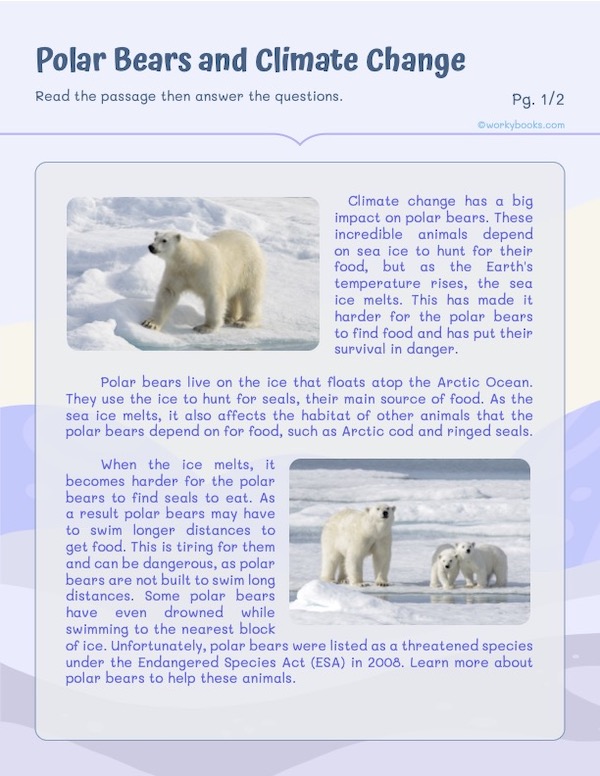
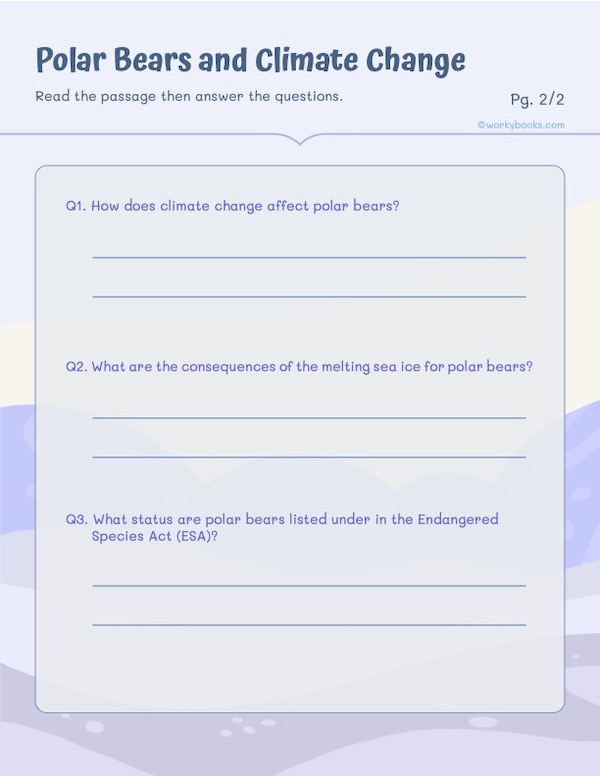
How do Arctic Animals find food in the winter?
Finding food in the Arctic winter can be tough, but these clever animals have some smart strategies:
- Superior sniffing power: Polar bears have an amazing sense of smell. They can smell a seal from up to 20 miles away, even if it’s under the ice!
- Keen Hunters: Arctic foxes have great hearing. They listen for lemmings (small rodents) moving under the snow, then pounce to catch their meal.
- Food Hoarders: Some animals, like Arctic ground squirrels, collect food during the summer and store it for winter.
- Migrators: Many Arctic birds fly south for the winter to find food in warmer places.
- Hibernators: Some animals, like Arctic ground squirrels, sleep through the winter in a deep hibernation. Their body temperature drops so low, they feel as cold as ice!
- Underwater Hunters: Seals and whales can dive deep into the ocean to find fish, even when the surface is frozen.
- Teamwork: Arctic wolves hunt in packs to take down larger animals like caribou, which would be too big for one wolf alone.
Arctic Animals fun facts Worksheet
Are you ready to test your knowledge about the amazing animals of the frozen north? Fill in the blanks in these cool facts about Arctic animals. Use the word bank below to help you. Good luck!
Instructions:
- Read each sentence carefully.
- Look at the word bank for the correct word to fill in the blank.
- Write the word in the blank space.
Word Bank:
| heartbeats | canaries | black |
| caves | 270 | blue |
| circle | lemmings | 500 |
| tooth | 2 | 60 |
- Polar bears have _____________ skin under their white fur to help absorb heat from the sun.
- Arctic foxes can hear _____________ squeaking under 3 feet of snow!
- Narwhals’ tusks are actually a _____________ that grows through their lip.
- Snowy owls can turn their heads up to _____________ degrees!
- Walruses can slow their _____________ to survive in freezing water.
- Beluga whales are nicknamed “sea _____________” because of the many sounds they make.
- Musk oxen form a _____________ with their young in the center when threatened, like a furry fortress!
- Reindeer eyes change color from gold in summer to _____________ in winter to help them see better in different light conditions.
- The bowhead whale can break through ice up to _____________ feet thick with its massive head.
- Puffins can hold up to _____________ fish in their beaks at once.
- Greenland sharks can live for over _____________ years, making them the longest-living vertebrates known.
- Ringed seals build snow _____________ above their breathing holes for resting and hiding from predators.
Answer Key:
- black
- lemmings
- tooth
- 270
- heartbeats
- canaries
- circle
- blue
- 2
- 60
- 500
- caves
Activity Extension:
After completing the worksheet, encourage the children to:
- Draw pictures of their favorite Arctic animals next to the facts.
- Create their own “Did You Know?” fact cards about these animals using these facts and additional research.
- Play a game of Arctic Animal Charades, acting out the different animals and their unique behaviors mentioned in the facts.
- Write a short story featuring some of these Arctic animals, incorporating the fun facts they’ve learned.
This activity helps children learn fascinating facts about these unique animals while practicing reading comprehension and vocabulary skills. It also encourages them to engage with the material creatively through drawing and imaginative play.
Who knows? Maybe one day you’ll become a scientist or explorer and visit the Arctic yourself! Until then, keep learning, stay curious, and always be kind to animals and nature. The Arctic and its awesome animals are counting on you!
Don’t miss out—download our online worksheets to enhance math and language skills. It’s quick, easy, and absolutely FREE!

